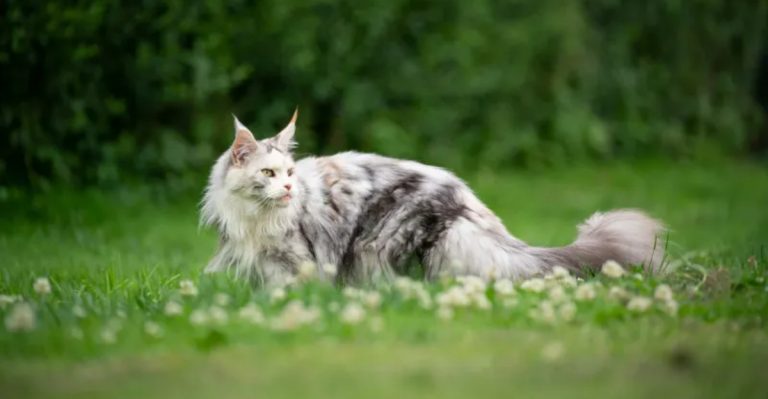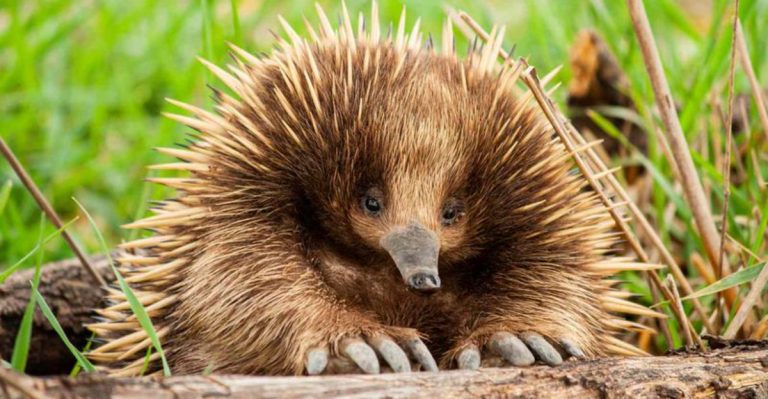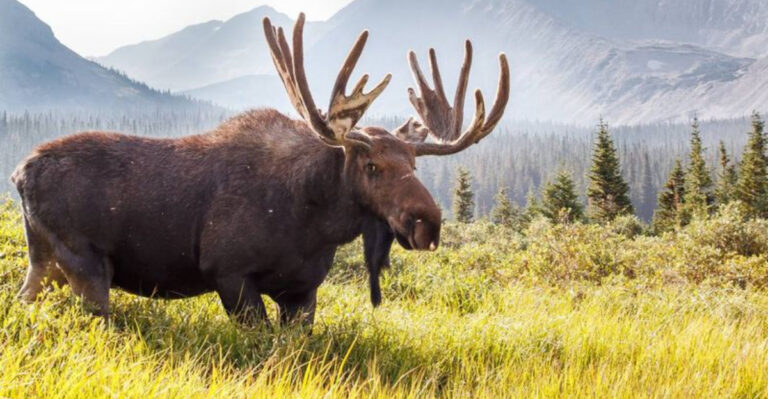12 Wild Dogs Of North America That Aren’t Wolves
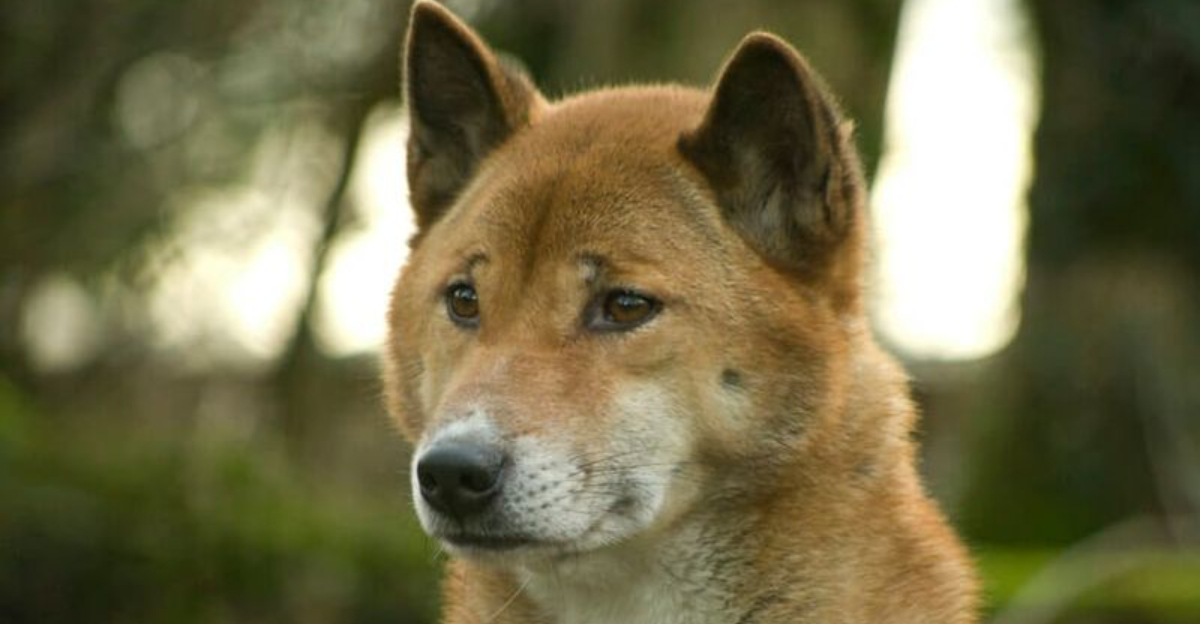
North America is home to a fascinating variety of wild dogs beyond just wolves. These resilient canids have adapted to diverse environments from scorching deserts to frigid tundra.
While wolves often steal the spotlight, these lesser-known wild dogs play crucial roles in their ecosystems as hunters, scavengers, and seed dispersers.
1. Coyote
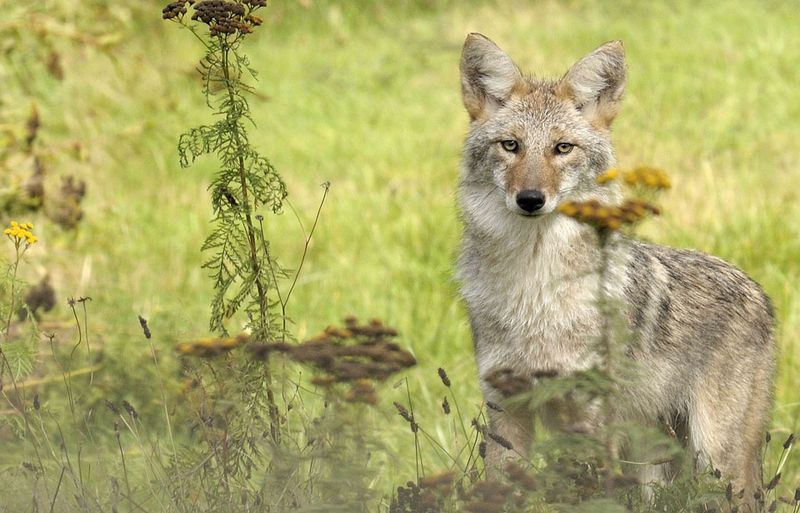
The ultimate survivor of North America’s canid family, coyotes thrive virtually everywhere—from remote wilderness to bustling city parks. Their remarkable adaptability has allowed them to expand their range while other predators declined.
These clever omnivores hunt rabbits and rodents, but happily munch fruits and scavenge roadkill when available. Their distinctive yipping howls create nature’s nighttime soundtrack across the continent.
2. Red Fox
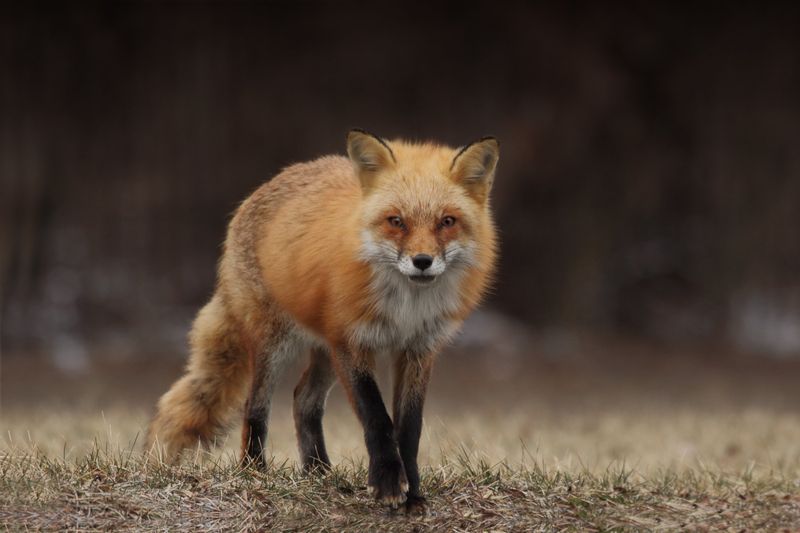
Flame-colored and famously sly, red foxes captivate with their stunning russet coats and black-stockinged legs. Their bushy white-tipped tails serve as both balancing aids and warm wraps during cold winter naps.
Masters of versatility, these small hunters stalk prey in forests, farmlands, and even suburban backyards. Their acute hearing can detect rodents moving beneath snow or soil.
3. Gray Fox
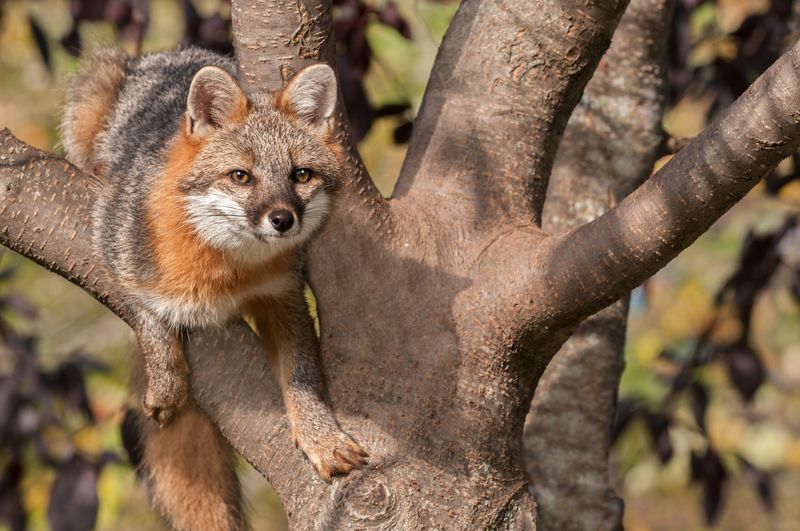
Nature’s ninja, the gray fox possesses a superpower no other canid can claim—they climb trees! With semi-retractable claws and powerful limbs, these silver-coated hunters scale trunks to escape predators or raid bird nests.
Unlike their red cousins, gray foxes prefer dense woodland habitats. Their salt-and-pepper coat blends perfectly with forest shadows, making them nearly invisible to prey and predators alike.
4. Swift Fox
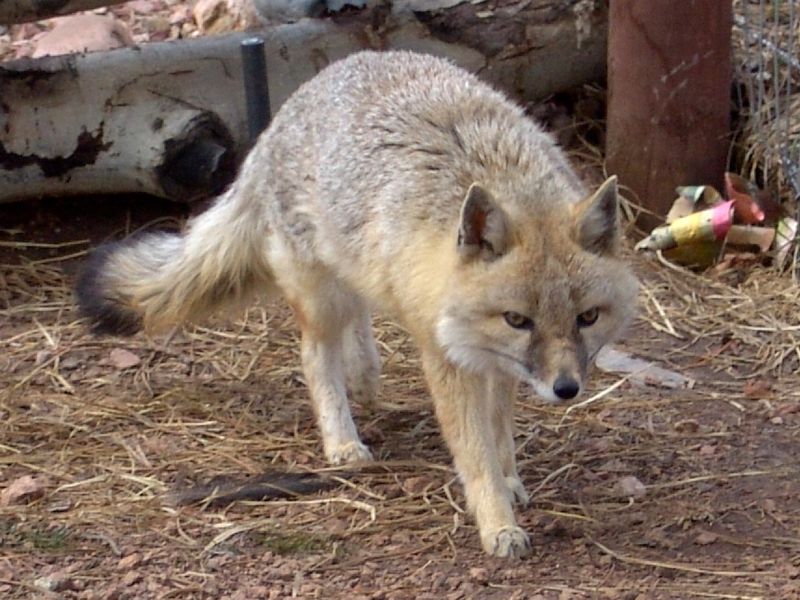
Pocket-sized prairie rockets, swift foxes zip across grasslands at speeds belying their tiny stature. Standing barely knee-high to humans, these diminutive hunters weigh less than a house cat but possess lightning-fast reflexes.
Dawn and dusk bring these nocturnal hunters to life. Their oversized ears swivel like radar dishes, pinpointing the rustling movements of grasshoppers and mice hidden in prairie grasses.
5. Kit Fox
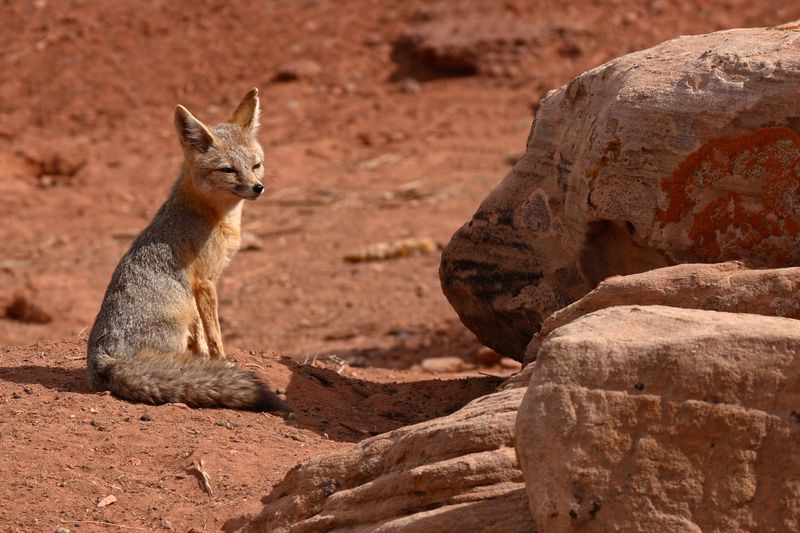
Desert specialists with batlike ears, kit foxes rule the arid Southwest with evolutionary brilliance. Those massive ears aren’t just for show—they act as natural air conditioners, dissipating body heat in scorching temperatures.
Moonlight reveals these sand-colored ghosts hunting kangaroo rats and lizards. Kit foxes require no drinking water, extracting all needed moisture from their prey—a perfect adaptation for their harsh desert home.
6. Island Fox
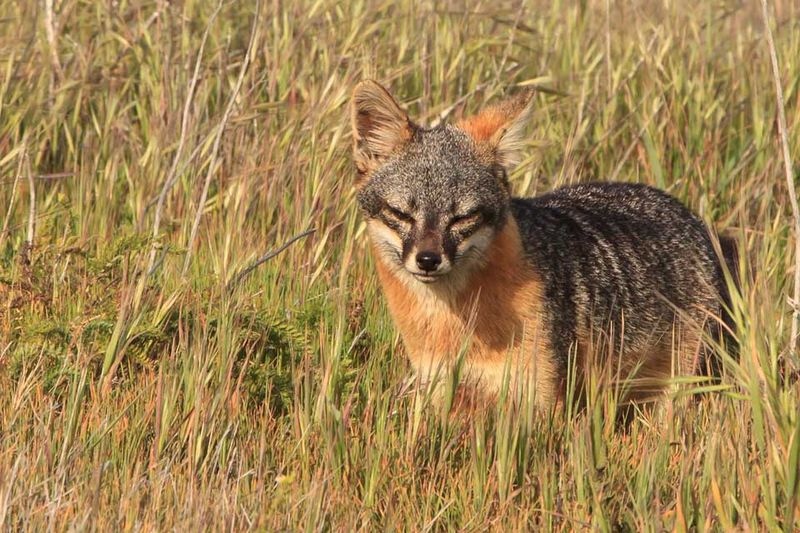
Evolution’s masterpiece in miniature, island foxes demonstrate nature’s adaptability through island dwarfism. House cat-sized and found nowhere else on Earth except California’s Channel Islands, these specialized canids evolved from mainland gray foxes.
Each island hosts its own distinct subspecies with unique coloration and behaviors. These living laboratories of evolution nearly vanished in the 1990s but rebounded through one of conservation’s greatest success stories.
7. Carolina Dog
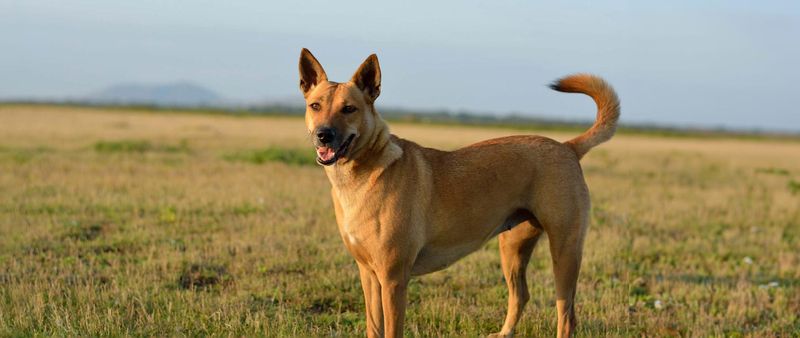
Living fossils with ancient bloodlines, Carolina Dogs represent North America’s aboriginal canine. Their distinctive fishhook-shaped tails and almond eyes hint at primitive origins predating European arrival.
These golden-red dogs roam remote southern swamplands and pine forests. Highly independent, they dig snorkel-shaped dens and hunt in small packs, behaviors unchanged for thousands of years—a glimpse into how dogs lived before domestication.
8. Bush Dog
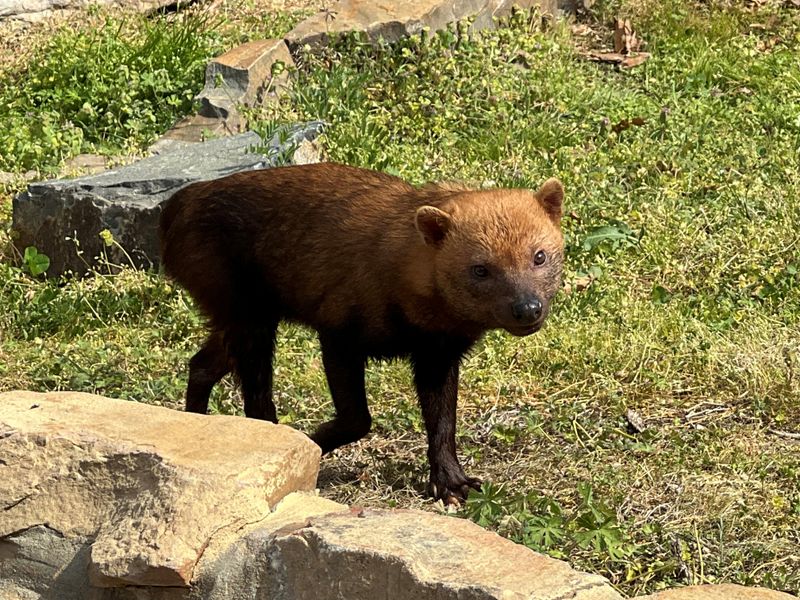
Aquatic hunters with webbed feet, bush dogs break every canid stereotype. These stocky, short-legged creatures more closely resemble otters than wolves with their elongated bodies and semi-aquatic lifestyle.
Family means everything to bush dogs—they hunt in tight-knit groups, bringing down prey ten times their size through coordinated attacks. Their vocalizations include high-pitched whistles used to maintain contact while moving through dense vegetation.
9. Short-Eared Dog
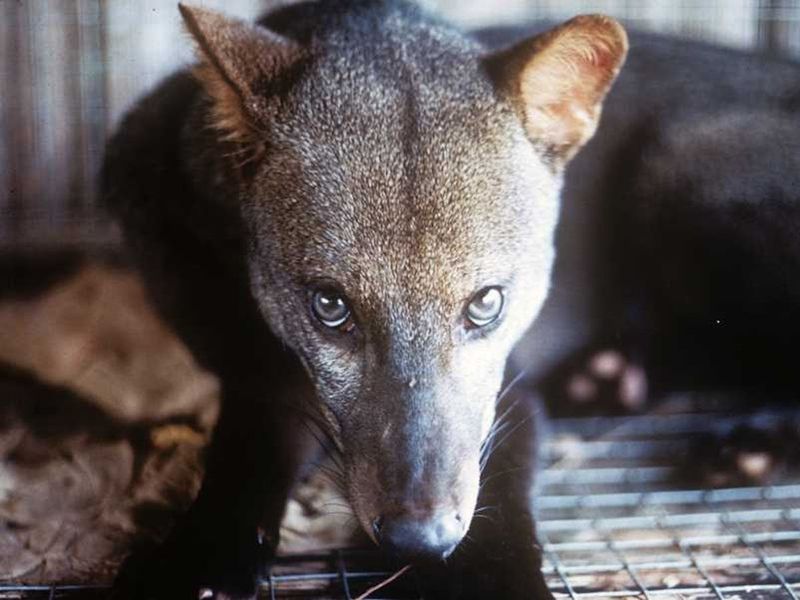
Rainforest phantoms rarely glimpsed by human eyes, short-eared dogs remain one of Earth’s most mysterious canids. Their dark coloration and silent movements make them nearly invisible in the shadowy Amazon understory.
Unlike most wild dogs, they lead solitary lives, avoiding even others of their kind except during brief mating periods. Scientists know so little about these elusive creatures that basic aspects of their behavior remain undocumented.
10. Darwin’s Fox
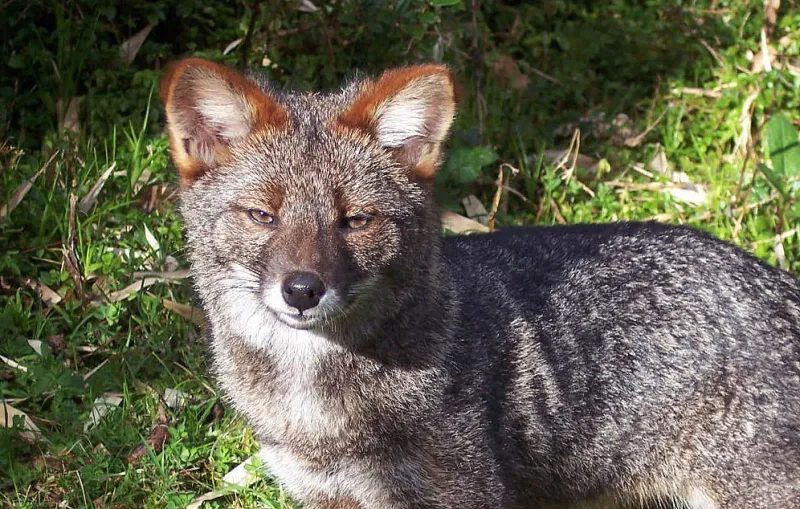
Scientific treasures first documented by Charles Darwin himself, these critically endangered foxes cling to existence in Chile’s temperate rainforests. Their dark coloration—unlike most foxes—helps them blend into their shadowy forest floor habitat.
Island-dwelling populations show distinct behaviors from mainland relatives. These living laboratories of evolution face extinction from habitat loss and introduced predators, with fewer than 1,000 individuals remaining in isolated pockets.
11. New Guinea Singing Dog
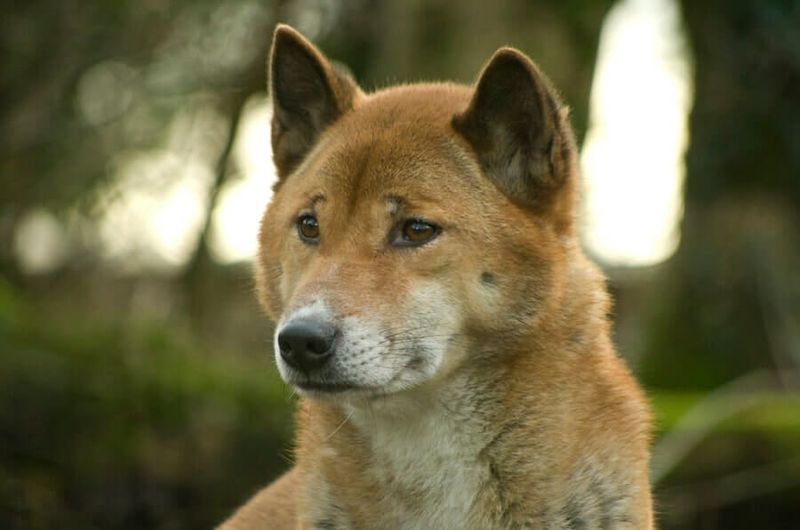
Melodious mountaineers with voices like no other canid, singing dogs produce hauntingly beautiful vocalizations resembling whale songs. Their unique vocal repertoire includes harmonic howls that can modulate pitch with extraordinary precision.
Once thought extinct in the wild, recent expeditions discovered small populations in New Guinea’s remote highlands. Their extreme flexibility—able to bend their heads backward to touch their spines—helps them navigate dense mountain vegetation.
12. Wolverine

Nature’s toughest survivor with a misleading name, wolverines aren’t dogs at all—they’re the largest land-dwelling members of the weasel family. Their incredible strength allows them to bring down moose and dig through frozen soil.
Winter holds no fear for these cold-climate specialists. Their dense fur resists frost formation even in sub-zero temperatures, while oversized paws act as natural snowshoes for traversing deep snowfields in pursuit of prey.

